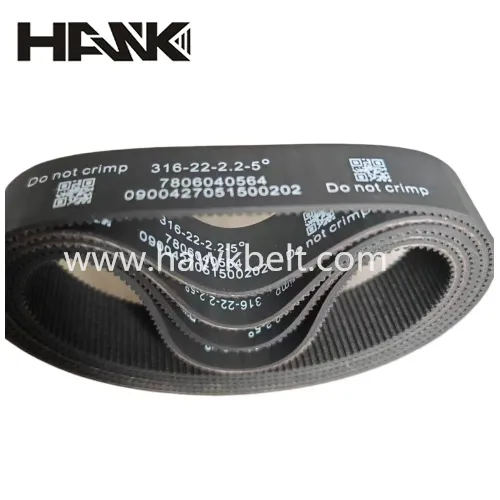- Arabic
- French
- Russian
- Spanish
- Portuguese
- Turkish
- Armenian
- English
- Albanian
- Amharic
- Azerbaijani
- Basque
- Belarusian
- Bengali
- Bosnian
- Bulgarian
- Catalan
- Cebuano
- Corsican
- Croatian
- Czech
- Danish
- Dutch
- Afrikaans
- Esperanto
- Estonian
- Finnish
- Frisian
- Galician
- Georgian
- German
- Greek
- Gujarati
- Haitian Creole
- hausa
- hawaiian
- Hebrew
- Hindi
- Miao
- Hungarian
- Icelandic
- igbo
- Indonesian
- irish
- Italian
- Japanese
- Javanese
- Kannada
- kazakh
- Khmer
- Rwandese
- Korean
- Kurdish
- Kyrgyz
- Lao
- Latin
- Latvian
- Lithuanian
- Luxembourgish
- Macedonian
- Malgashi
- Malay
- Malayalam
- Maltese
- Maori
- Marathi
- Mongolian
- Myanmar
- Nepali
- Norwegian
- Norwegian
- Occitan
- Pashto
- Persian
- Polish
- Punjabi
- Romanian
- Samoan
- Scottish Gaelic
- Serbian
- Sesotho
- Shona
- Sindhi
- Sinhala
- Slovak
- Slovenian
- Somali
- Sundanese
- Swahili
- Swedish
- Tagalog
- Tajik
- Tamil
- Tatar
- Telugu
- Thai
- Turkmen
- Ukrainian
- Urdu
- Uighur
- Uzbek
- Vietnamese
- Welsh
- Bantu
- Yiddish
- Yoruba
- Zulu
Rgp . 12, 2024 17:26 Back to list
Understanding the Benefits and Applications of Adjustable V Belts and Flat V Belts in Industry
Understanding Adjustable V Belts and Flat V Belts
In the realm of power transmission and machinery, belts play a critical role in delivering efficiency and reliability. Among the various types of belts available, adjustable V belts and flat V belts stand out due to their unique construction and functionality. This article delves into the characteristics, applications, and advantages of these two types of belts, providing insights for engineers, mechanics, and industrial decision-makers.
What Are Adjustable V Belts?
Adjustable V belts are a specialized type of belt designed to accommodate varying lengths and power demands in machinery. Unlike traditional fixed-length belts, adjustable V belts offer the flexibility to be altered in length, making them an ideal solution for applications where machinery operates under fluctuating conditions or where precise belt tension is crucial. These belts often feature notches or teeth along their inner surface, allowing them to maintain grip on pulleys while providing the adaptability needed for efficient power transfer.
One of the primary advantages of adjustable V belts is their ability to extend the lifespan of machinery by ensuring optimal tension and alignment. Using an adjustable belt can help mitigate the risks associated with belt slippage or damage, which can lead to costly downtime and repairs. Industries that benefit from adjustable V belts include automotive, agricultural, and manufacturing sectors.
The Versatility of Flat V Belts
On the other hand, flat V belts—sometimes referred to as flat belts—are characterized by their flat surface and trapezoidal cross-section. These belts are highly versatile and can be used in various applications ranging from conveyor systems to pulleys in industrial machinery. Their design allows for smooth operation with minimal friction, making them ideal for high-speed applications where efficiency is paramount.
Flat V belts come in various materials, including rubber, polyurethane, and leather, which allows manufacturers to select the right material based on specific operational demands, such as temperature resistance, flexibility, and load capacity. Their flat design also facilitates easier installation and maintenance, as they can often be handled without the need for special tools or equipment.
adjustable v belt\/flat v belt

Applications and Use Cases
Both adjustable V belts and flat V belts find extensive applications in different sectors. Adjustable V belts are particularly advantageous in scenarios where the adjustment of belt tension is necessary, such as in variable-speed drives or belt-driven machinery. These types of belts are also commonly used in scenarios where the machinery may undergo periodic modifications requiring different belt lengths.
On the other hand, flat V belts have found their niche in systems requiring high-speed operation and minimal energy loss. They are ideal for equipment such as textile machines, packaging machinery, and food processing equipment, where smooth and effective power transmission is crucial. The low profile of flat V belts allows for compact designs in machinery, contributing to space-saving engineering solutions.
Advantages and Considerations
Choosing the right belt type can significantly impact the efficiency and longevity of machinery. Adjustable V belts provide versatility and the ability to fine-tune performance, making them indispensable in dynamic settings. Conversely, flat V belts offer reliability and efficiency in applications where speed and smooth operation are critical.
However, it is essential to consider that each belt type comes with its limitations. Adjustable V belts may not be suited for all high-speed applications, while flat V belts may require specific alignment to function optimally. Therefore, it’s vital for engineers and machinery operators to assess the requirements of their specific applications to select the most effective belt type.
Conclusion
In conclusion, adjustable V belts and flat V belts each serve unique functions within the machinery landscape. Their designs cater to different operational needs, and understanding their advantages and applications can lead to better performance, enhanced efficiency, and reduced maintenance costs in various industries. Investing time in selecting the appropriate belt type can yield long-term benefits for machinery performance and reliability.
-
Korean Auto Parts Timing Belt 24312-37500 For Hyundai/Kia
NewsMar.07,2025
-
7PK2300 90916-T2024 RIBBED BELT POLY V BELT PK BELT
NewsMar.07,2025
-
Chinese Auto Belt Factory 310-2M-22 For BMW/Mercedes-Benz
NewsMar.07,2025
-
Chinese Auto Belt Factory 310-2M-22 For BMW/Mercedes-Benz
NewsMar.07,2025
-
90916-02660 PK Belt 6PK1680 For Toyota
NewsMar.07,2025
-
drive belt serpentine belt
NewsMar.07,2025

